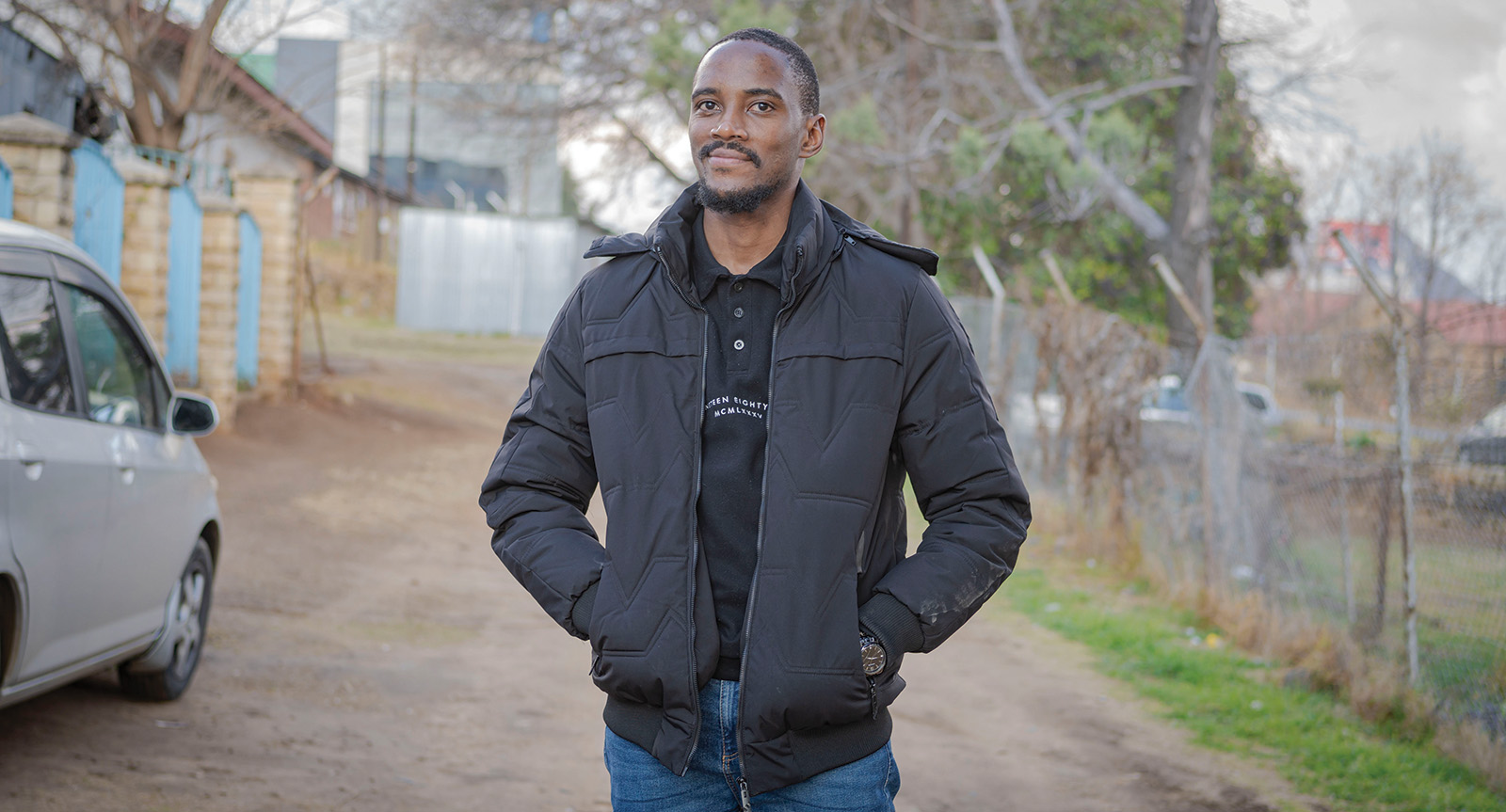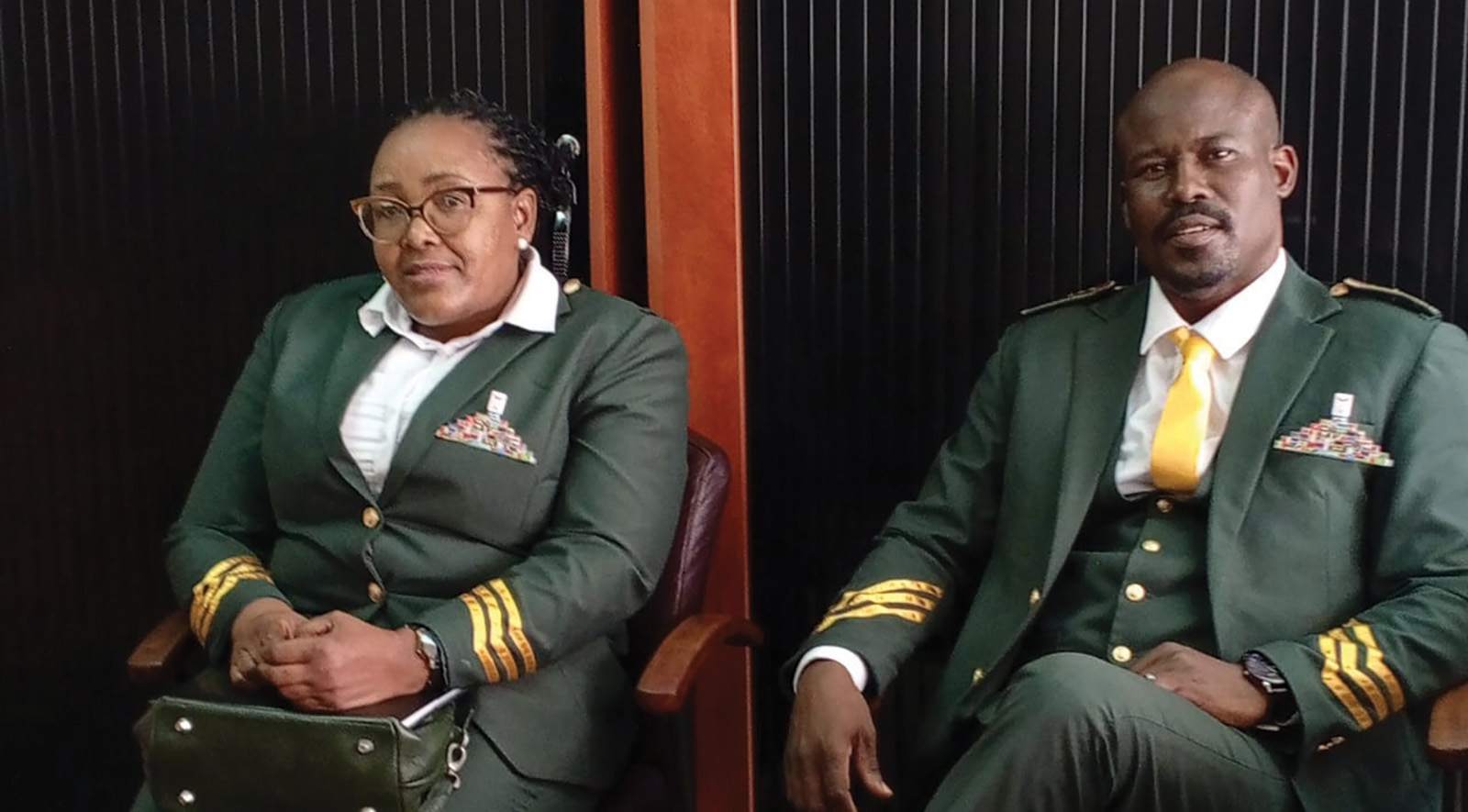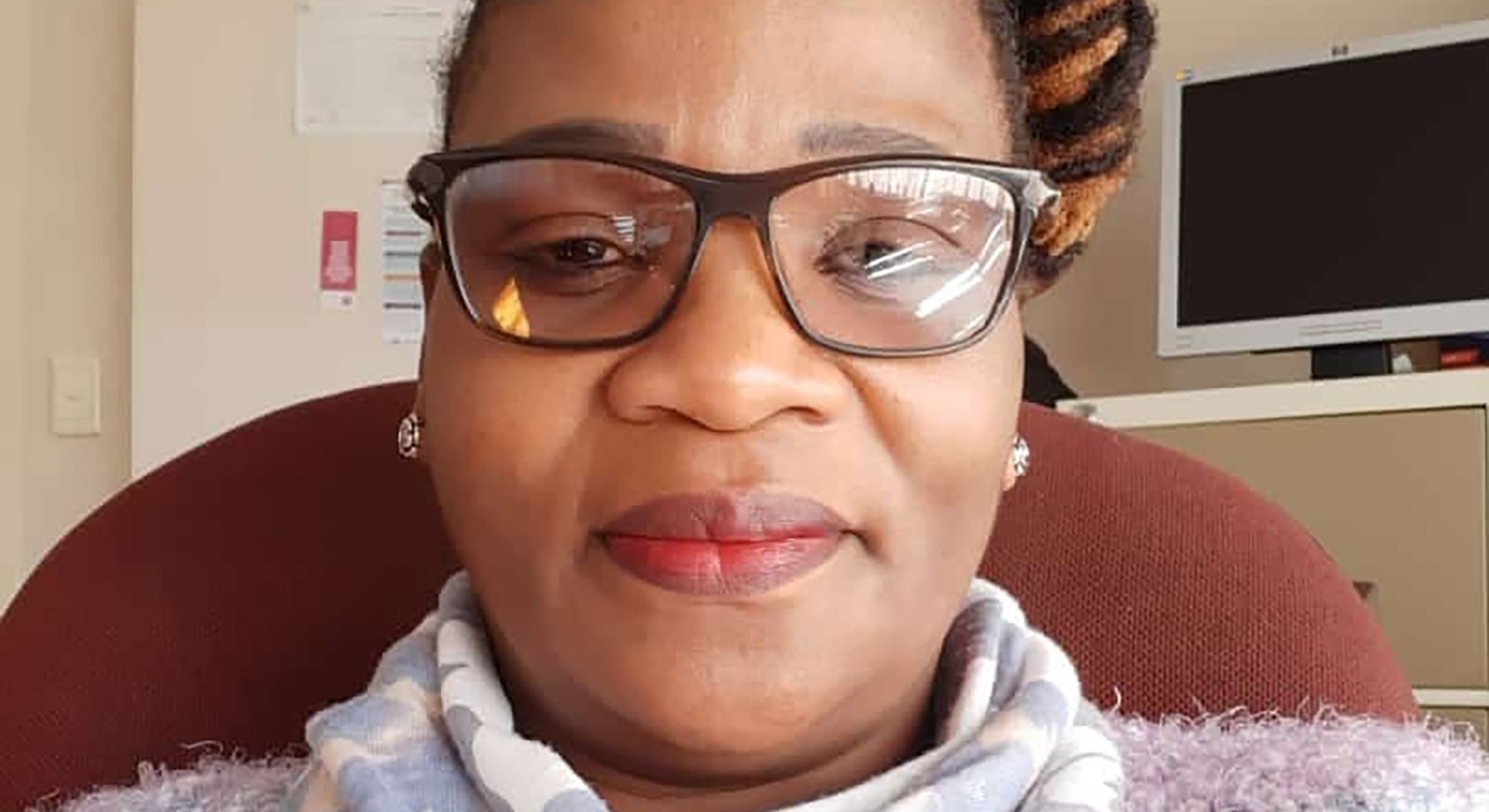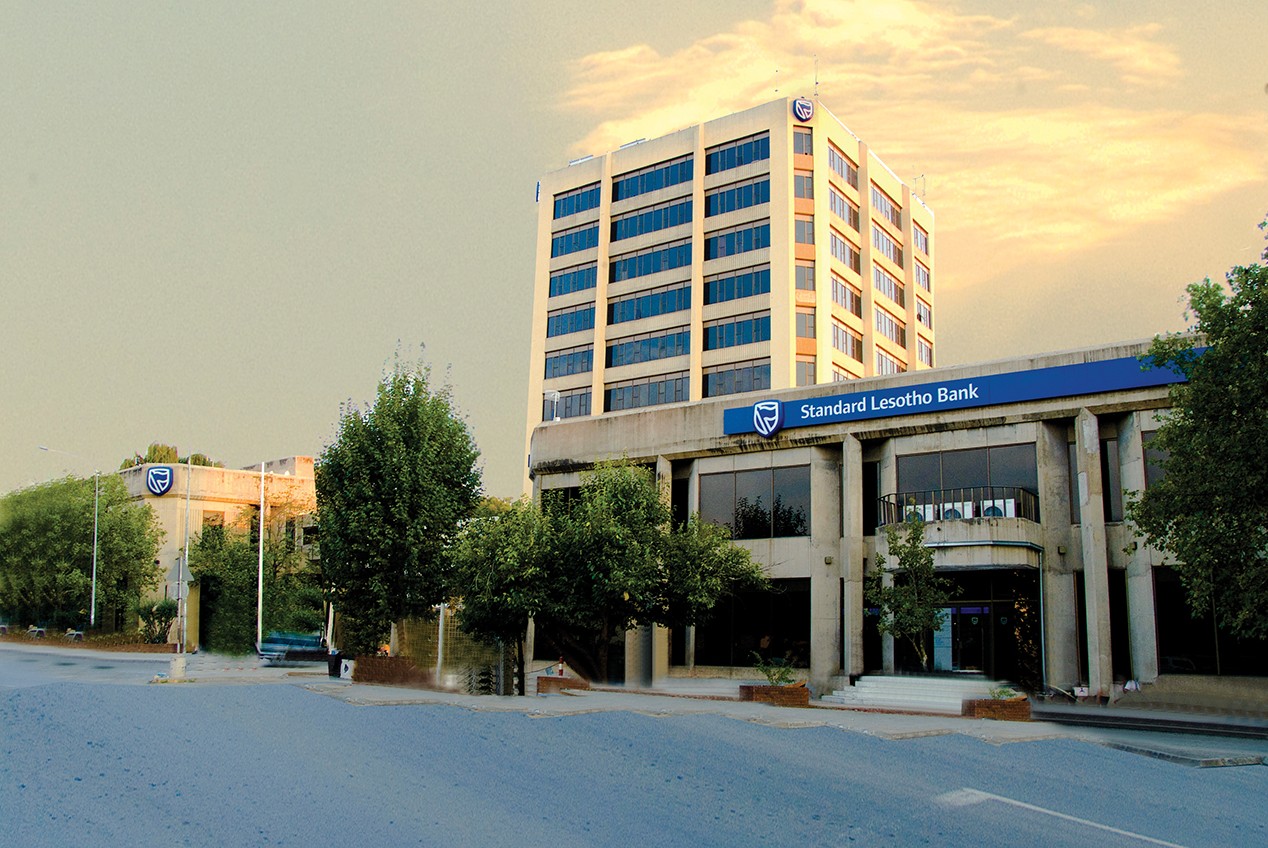Shelter services expand across Lesotho

SHARE THIS PAGE!
Shelter services for survivors of gender-based violence (GBV) are expanding across Lesotho, as part of efforts to tackle ongoing challenges in achieving Gender Equality under Sustainable Development Goal 5.
According to the Lesotho 2025 Voluntary National Review (VNR), progress towards gender equality remains hampered by structural and systemic barriers. Despite the presence of progressive legislation, the report highlights a persistently high GBV prevalence rate of 44 percent – driven by underreporting, weak institutional responses, and limited access to services, especially in rural areas.
Speaking at the launch of the VNR, Minister of Gender, Youth and Social Development, Pitso Lesaoana, noted the government has introduced institutional frameworks such as the National Referral Framework to improve service coordination and survivor support.
He also announced the upcoming launch of a Multi-Purpose Centre (MPC), developed in partnership with the United Nations and various line ministries. This new facility is expected to significantly improve access to comprehensive care for GBV survivors.
theReporter’s Neo Kolane caught up with Teboho Ntlhakana, the Chief Gender Officer at the Lapeng Care Centre under the Department of Gender, who explained that the MPC will follow a one-stop model, enabling survivors to access a full range of healing and recovery services under one roof. This model, she said, ensures survivors receive all the support they need (medical, psychosocial, legal, and shelter) in a coordinated and survivor-centred environment.
What motivated the establishment of the Multi-Purpose Centre, and how does it align with the department’s broader strategy to combat GBV?
The government of Lesotho through the Ministry of Gender, Youth and Social Development has identified a gap in protection, safety, recovery of survivors of Gender-Based Violence (GBV) and accountability of perpetrators as there has been limited focus on response and management measures on addressing GBV.
This centre will ensure that survivors who are in dire need of protection against their respective perpetrators and unsupportive families will be provided with integrated services that would not only promote their healing but would also foster their resilience.
What services will the shelter offer to survivors of GBV, and how will it ensure a survivor-centred approach?
MPC is going to offer comprehensive survivor-centred services to GBV survivors and the operations and referral to the centre will be guided by Standard Operating Procedures for GBV Shelters in Lesotho to ensure their safety, security and well-being. These services will include provision of:
- Psychosocial support which includes
- Counselling
- Legal aid services
- Health care services
- Skills development – Vocational skills training
- Reintegration and reunification services and
- Farming – greenhouses and plots for crop production
- Early Childhood Care and Development
- Halfway home
What challenges do women and children survivors of GBV face after fleeing their homes?
Survivors often face immediate and life-altering challenges. Many have no financial resources or stable housing.
This is in recognition that women and children who have experienced GBV and fled their homes are often not able to afford housing and they find themselves in situations of homelessness or of having to resort to survival sex, and that they might also require assistance in navigating the judicial, police, health and social systems.
How is the Department of Gender ensuring the centre is accessible to all survivors, especially those in remote or underserved communities?
Accessibility is one of our top priorities. Survivors in remote areas often lack access to support services due to distance, stigma, or lack of information. The ministry is working with local authorities, community leaders, and civil society organisations to build referral networks and raise awareness.
Through the National Referral Framework, cases from various districts can be identified and directed to the centre. Additionally, mobile outreach programs and community-based referrals are being developed to ensure that no survivor is left behind.
What partnerships (governmental, NGO, or international) are supporting the shelter, and how will these partnerships enhance service delivery?
MPC is a joint initiative between the Ministry of Gender, Youth and Social Development, UN agencies, line ministries, the private sector and civil society organizations.
To operationalise the centre these stakeholders have made commitments or pledges to ensure that MPC is renovated and offers all the essential services required by survivors mentioned above including personnel, furniture, equipment and running costs
How does the department plan to ensure the long-term sustainability – financial and operational – of the Multipurpose Centre?
The Ministry of Health will renovate the clinic located at the centre and equip it with the necessary medical tools. It will also deploy nurses to provide health checkups and attend to survivors’ physical and mental health needs.
The Ministry of Education, in partnership with UNICEF, has committed to establishing a pre-school classroom for children under five. This enables mothers staying at the shelter to attend vocational training or return to work knowing their children are in a safe, supportive environment. The ministry will also supply teachers and learning materials and assist in upgrading educational facilities.
Some of the women residing at the shelter will benefit from vocational training, particularly in areas like arts and crafts, enabling them to acquire skills that can be used to generate income during and after their stay.
The Ministry of Agriculture will support food security and income generation through the installation of a greenhouse and crop plots at the shelter. Survivors will receive agricultural training and participate in food production. A portion of the produce will be consumed at the shelter, while the surplus will be sold to generate income for the centre’s ongoing needs.
In order to ensure the Centre sustains itself and to complement the initiatives of the stakeholders, a Trust Fund is going to be established for the MPC.
What role will data collection play in the MPC’s operations?
Monthly, quarterly and annual statistics will be compiled and shared with the Ministry of Gender, Youth and Social Development and other relevant stakeholders to inform programming and to be used in GBV prevention initiatives.
There is intention to duplicate the similar model regionally in the coming years




Union fumes over Letšeng layoffs
9 days ago
Row over M1bn solar deal
9 days ago
Fraud-accused RFP MP out on bail
11 days ago
Shelter services expand across Lesotho
11 days ago

